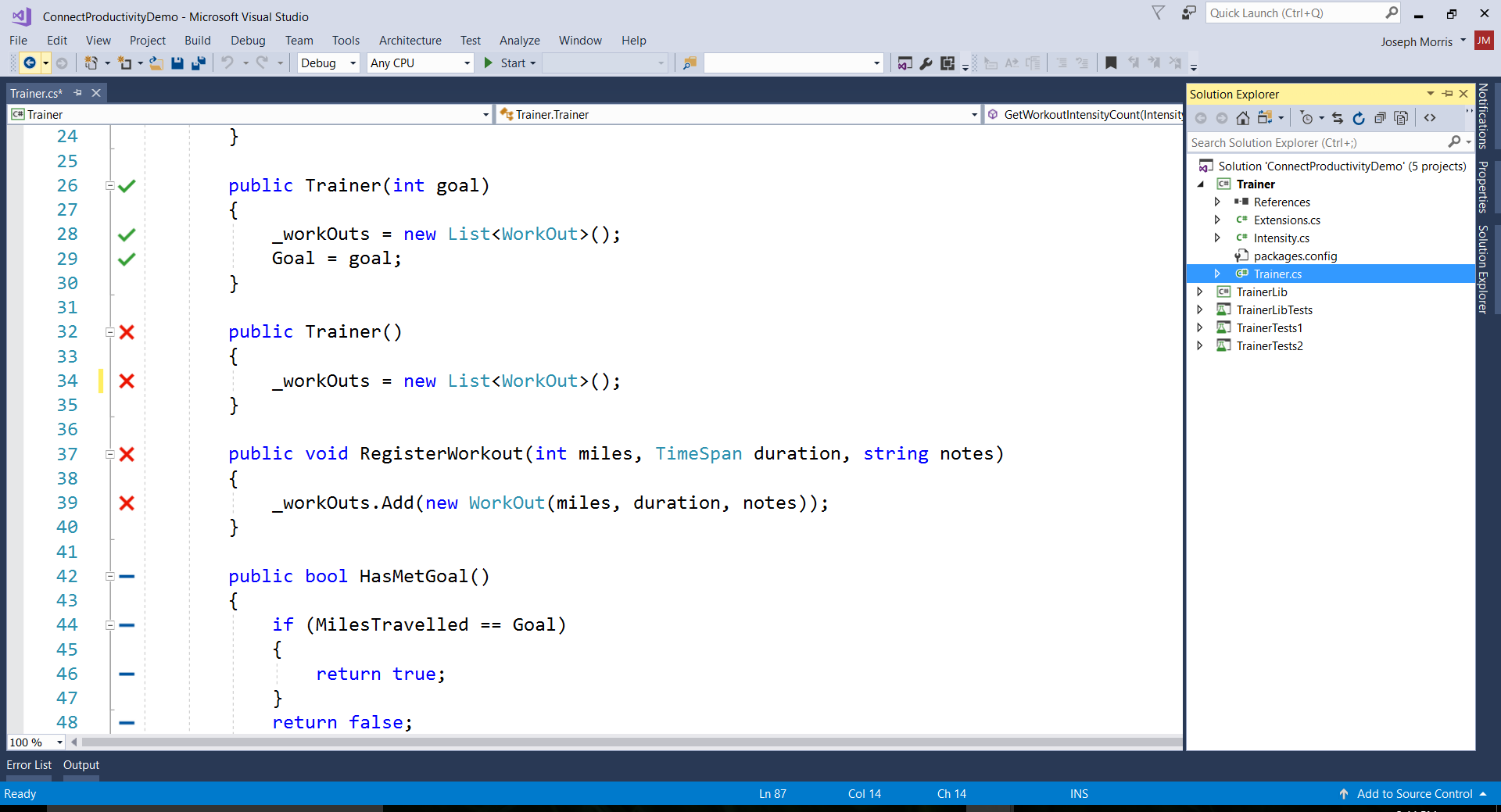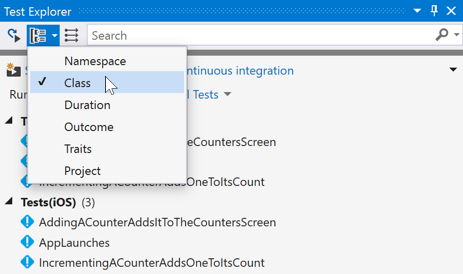
- Visual Studio Community For Mac How To Install Nunit Test Adapter Kit
- Get Started With Unit Testing - Visual Studio | Microsoft Docs
- Cached
- See All Results For This Question
- Microsoft Visual Studio 2015: Test Explorer Not Displaying ...

I have Visual Studio 2015. I want to add NUnit's tests for C# project with NuGet Package Manager, and I want to have possibility of running tests with Visual Studio and in Visual Studio. First I create new C# project: menu File → New → Project → Installed → Templates → Visual. I have installed the NUnit3TestAdapter in several.net Core 3.1 test projects. The projects uses PackageReference in the.csproj file so I thought the dlls were supposed to be stored in a global%. NUnit test framework can be used with Selenium if you plan to use TDD (Test Driven Development) for the test activity. Provides you the ability to run your test cases in parallel. Using NUnit, you can execute test cases from console runner by either a third-party automation testing tool or by the NUnit Test Adapter inside the Visual Studio.

You can include TestLeft test code in unit tests and run them by using various unit testing frameworks. This topic describes how to run TestLeft tests with NUnit:

About
Visual Studio Community For Mac How To Install Nunit Test Adapter Kit
NUnit is a unit testing framework for .NET applications. TestLeft provides an NUnit project template for Visual Studio that simplifies creation of NUnit tests that run TestLeft code. You will be able to run such tests by using the NUnit utility or from Visual Studio by using NUnit Test Adapter.
Requirements
You need to have NUnit version 3.2 installed. To learn how to install it, see the Installation section of the NUnit documentation.
To run TestLeft tests from Visual Studio by using NUnit Test Adapter, you must have the NUnit 3 Test Adapter extension installed in your Visual Studio. To learn how to install the adapter, see the Adapter Installation section in the NUnit documentation.
The NUnit project and test templates are available only for Visual Studio projects that target .NET Framework version 4.5 or higher.
Get Started With Unit Testing - Visual Studio | Microsoft Docs
| Note: | If you use an earlier version on NUnit or if you use another unit testing framework, you can add TestLeft code to your unit tests and run them by using your framework manually, without using the templates. |
Creating and Running a TestLeft Test
Cached
Add a TestLeft NUnit Test Project to your solution:
In Visual Studio’s Solution Explorer, right-click the solution and then click Add New Project.
In the Add New Project dialog, select the Test category and then select the TestLeft NUnit Project type.
Click OK to add a project.
Visual Studio will add a TestLeft NUnit Project to your solution.
In the created project, add a reference to the nunit.framework.dll library:
By using NuGetBy using NuGetIn Solution Explorer, select your NUnit TestLeft project.
Right-click the project and then click Manage NuGet Packages.
In the resulting dialog, find the NUnit package (version 3.2).
Click Install.
You can find more information on installing NUnit modules in the NUnit documentation (available at https://github.com/nunit/docs/wiki/Installation).
ManuallyManuallyRequirement: You will need a NUnit framework installed on your computer.
In Solution Explorer, select your NUnit TestLeft project.
Right-click the References item and then click Add Reference.
— or —
Select Project | Add Reference from Visual Studio’s main menu.
In the Reference Manager, click Browse.
Browser for nunit.framework.dll on your computer and click Add.
Select the check box next to the nunit.framework.dll library and click OK.
The NUnit TestLeft project includes a reference to the SmartBear.TestLeft.dll library.
The project also defines a
TestFixtureBaseclass. The class specifies methods to call before, after and when running a test. Use the class to create tests.Note: The project defines a sample test - HelloWorldTest. You can delete it if you do not need it or use it as a base to create your own tests. Write your test code. To learn how to create test instructions, see 2. Write Test Code.
Build the project.
Run the test:
By using NUnit Test AdapterBy using NUnit Test AdapterIf you do not have NUnit 3 Test Adapter in your Visual Studio, install it. You can find detailed instructions on installing the adapter in the NUnit documentation (available at https://github.com/nunit/docs/wiki/Adapter-Installation).
You may need to restart Visual Studio after the installation and rebuild your test project.
In Visual Studio, open the Test Explorer panel.
In the panel, select the needed test and run it.
From the command lineFrom the command lineYou can use the NUnit console utility (nunit-console.exe) to run created tests. For information on command-line arguments, see the NUnit documentation (https://github.com/nunit/docs/wiki/Console-Runner).
After the test run is over, Visual Studio will automatically save the test results to the folder where the test assembly resides. It will store the test results in the unpacked HTML format. Open the index.htm file to view the test log.
See All Results For This Question
See Also
Microsoft Visual Studio 2015: Test Explorer Not Displaying ...
Running TestLeft Tests From Unit Testing Frameworks
Using TestLeft
Writing Test Code
Comments are closed.